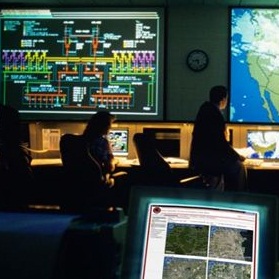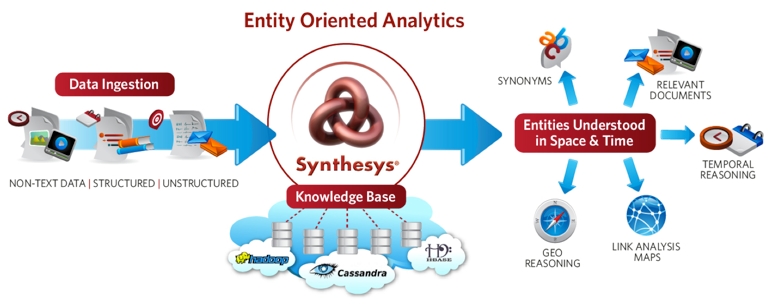
Using AI to Combat Terrorism
In the wake of the 9/11 terrorist attacks, what became apparent from the subsequent investigating commission’s report was information that could have helped prevent the terrorist acts was not acted upon. Essentially, there was an information breakdown where the correct information failed to reach the right people at the right time.
 Understanding how essential data can be difficult to track down without advanced analytics is much more common today as opposed to 10 years ago (before Hadoop even existed).
Understanding how essential data can be difficult to track down without advanced analytics is much more common today as opposed to 10 years ago (before Hadoop even existed).
Today, devices like smart meters for electricity and telemetry sensors for cars, generate torrents of information to the extent that cluster-based analytics applications are designed to pick out relevant data from those and many other sources of information, where it would be nearly impossible for a person or even a team of people to accomplish the same task.
Tim Estes and Dorothy Curry, founders of Digital Reasoning say that they were initially moved by the 9/11 attacks and the need for in-depth analytics to power security. At first, the company has focused on creating an application that would exhibit “automated understanding” which is a type of artificial intelligence.
The goal of automated understanding is to make a computer not only read text, but also understand what it actually means and build connections based on context. For example, I could read a book written in Latin, but until I know the language, I won’t have a chance of building any conclusions from it.
In 2007 Digital Reasoning launched Synthesys, a program developed to help US government intelligence agencies cope with the massive, quickly-growing amounts of data currently being generated in all different media formats, be it structured or unstructured from all different locations.

According to Digital Reasoning’s website “Synthesys transforms structured and unstructured data into the underlying facts, entities, relationships, and associated terms to eliminate the need for data analysts to read in order to understand”.
The goal is to take the seemingly impossible task of finding a needle in an ever-growing haystack out of the hands of an analyst and give it to this application, as it is much better suited to handle the task. In order to get this type of functionality from Syntheses, Digital Reasoning partnered up with Cloudera, MapR, Fetch technologies and DataStax to achieve their goal of automated understanding.
Digital Reasoning will be at the O’Reilly Strata Conference in Santa Clara, CA. The conference will be held from Feb. 28 – March 1. CEO Tim Estes will be presenting a demonstration of the Synthesis application, showing how it draws conclusions of patent analysis from large data sets.
Related Stories
Big Data Cloud Delivers Military Intelligence to U.S. Army in Afghanistan
Digital Reasoning Refreshes Text Analytics
How BI is Becoming Crime’s Biggest Enemy



























